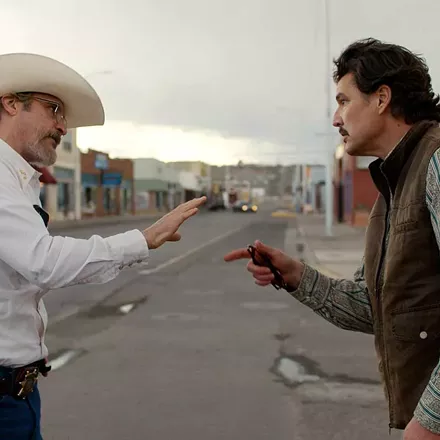
By Jennifer K. Bauer
jkbauer@inland360.com
The past decade presented an unprecedented scene change for the Lewiston Civic Theatre when the group’s longtime home, the Anne Bollinger Performing Arts Center, was condemned in 2016.
Since then, one of the biggest challenges the group has faced has been the perception that the region’s oldest community theater died with the shuttered building, said Nancy McIntosh, the theater’s executive director.
“Still, every week people say, ‘I didn’t know you were still in existence,’ ” said McIntosh, who became director after the building was condemned. “We’re plugging along; we’re moving forward.”
Operating out of an office and rehearsal space downtown, the group stages an event or play each month at venues around the Lewiston-Clarkston Valley. It’s a nomadic existence, and patrons sometimes complain they don’t know where to go, even though shows are listed online. It’s a struggle for those who operate and volunteer for the theater as well, McIntosh said. When they plan their season, they’re not sure which college, high school, grange hall or church will be available.
The largest stage, the Clarkston High School Auditorium, is now priced too high for the volunteer-run organization to afford to rent, she said. Lewiston High School’s auditorium is less expensive, and the group is in discussions about potentially using the space once the high school moves to its new location.
Other stages available to rent, like the Silverthorne Theatre at Lewis-Clark State College, are too small for large-scale musicals with dozens of cast members, set changes and props — the shows the theater is historically known for producing.
“The key word for the last three years has been flexibility,” McIntosh said.
Many people have assumed the group will be able to use the Liberty Theater, which is in the process of being restored in downtown Lewiston. However, it’s a movie theater, not a performance stage, McIntosh said.
At best, it could be used for a play featuring a small cast, a static set and maybe a piano player. There are no wings where actors can enter and exit the scene. There is no backstage space for sets or props. Lighting and acoustics are also lacking.
“These are things people want to have happen when they see theater,” she said.
Others have suggested that the group stage shows at vacant box stores in the valley, but McIntosh points out the challenging logistics of heat and electricity, insurance and port-a-potties.
“My big dream is to have a performing arts center for the valley, not just for us,” she said. “It could be the home of the performing arts in the valley.”
She saw this happen in Missoula, where a vacant elementary school was transformed into the Missoula Children’s Theatre Center for the Performing Arts, which opened in 1998.
Investing in the arts improves the quality of life in the community, she said.
“I think it informs who wants to come work in the community, between the medical community and businesses,” she said. “I’d like it to be downtown.”
As director, she’s witnessed how entertainment brings people from the surrounding area to the valley. A group drove 2 1/2 hours from New Meadows to see the theater’s fall production of “Sweeney Todd: A Musical Thriller,” she said.
The theater improves quality of life in other ways, she said. The group is continuing to build momentum with its summer youth program. This year they plan to break the program into two, three-week blocks, each ending in a show. Last spring, they adapted a special performance of “Beauty and the Beast” to be friendly for children and adults with sensory issues, including those on the autism spectrum.
Popular, well-known musicals draw the biggest crowds and the highest monetary return, but they cost thousands of dollars to produce, starting with the license, which ranges from $2,500 to $10,000, McIntosh said. The theater can also expect to pay up to $300 for orchestra books or computer programs to play musical accompaniment. Nonmusical plays are less expensive, $600 to $1,200. Those prices don’t include the other costs of doing theater: sets, costumes, paint and facility rental.
Ticket sales will never cover all the costs. Instead, the group relies on sponsors, donations and fundraisers to operate.
“We’re keeping our head above water, for sure,” McIntosh said.
Coming theater events include the romantic comedy musical “She Loves Me,” Feb. 6-23 at Lewiston High School. The Lewiston Civic Theatre’s 49th annual gala, “Wish You Were Here,” is March 7 at the Red Lion in Lewiston. It’s a semiformal event with a buffet, live and silent auctions, and the 2020-21 season reveal. “My Fair Lady” will be staged in June.
More information is available by calling the theater at (208) 746-3401 or online at https://lctheatre.org/.
























